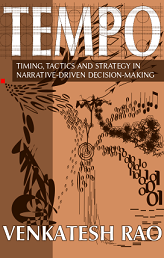This is a continuation of my Better Art Vocabulary series. You don’t need to have read the others, but feel free.
I grew up encouraged to an old-school sense of taste. Not as old-school as opera and $300 bottles of wine, but as old-school as liking literature and paintings and museums for no real reason other than that I was supposed to, and thinking that other stuff was kind of…unclean. I have two peculiarly strong memories from when I was young: one was my mother saving up to take me to a DaVinci show in New York, and the other was being caught watching Pokemon–which struck about the same fear in my heart as being caught masturbating might have done. Taking me to that show was a truly beautiful thing to do, and an important youthful artistic experience, but it caused some internal conflict. Why did certain artistic things deserve sacrifice, and others shame?







